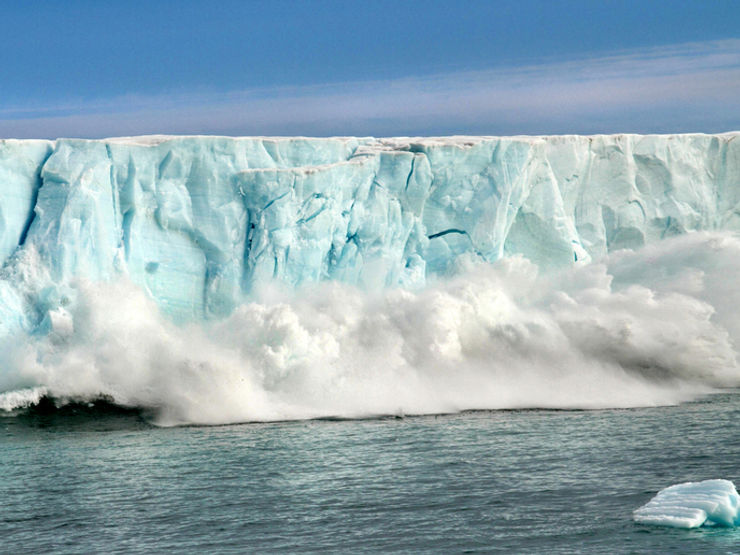By: Abigail Weintraub
Dozens of players line up under the sweltering sun. Cricket bat in hand, one struggles underneath the dizzying sunlight, despite being in a ventilated uniform. Hordes of fans crowd the stadium, sipping from their ice-cold water bottles, baking in the steamy air but still cheering for their number-one player.
With more than 2 billion fans, Cricket is the world’s second most popular sport, after soccer. It’s favored in countries like India, Pakistan, Sri Lanka, and South Africa. Unfortunately for the players, record-breaking weather conditions have been observed in all these countries as of late.
Britain experienced one of its highest ever recorded temperatures, reaching 104 degrees Fahrenheit. Temperatures in South Africa peaked at 110 degrees. “It honestly felt like you were opening an oven,” said Akeal Hosein, a player on the West Indies team.
In addition to immense heatwaves, the moisture-filled air brings forth abundant rainfall, making it difficult to play on the waterlogged field. It felt like “smoking 80 cigarettes a day”, according to a player in Sydney, due to the bush fires occurring in Australia.
Despite the dreadful heat, fans still cheer on their renowned favorites. “It feels great. Who cares about the heat?” said spectator Saksham Mehndiratta. For the viewers, portions of the stadium have been occupied with ice water stations, mist fans, and curtains.
Players are also seeking ways to battle the heat through increased water breaks, ventilated uniforms, plentiful towels, and ice water-filled inflatable tubs. “I don’t really focus on the heat because if I start thinking about it too much I will start feeling it more,” said one of India’s captains, Shikhar Dhawan.
Some were concerned about cricket’s nonexistent extreme heat policies. “What will it take — a player to collapse on the field?” wondered Tony Irish, head of the Federation of International Cricketers’ Association.
Even so, the leaders of cricket are taking small steps to combat a period of immense heat for the time being. They’re focusing on keeping their athletes cool, as well as loosening the dress code. The helmets, knee pads, and gloves that athletes are required to wear restricts the ability to evaporate sweat.
Beyond protecting players, officials are being taken to combat global warming. In Australia, solar panels are being installed on the roofs of their cricket clubs and wastewater is being used for irrigating cricket fields instead of drinkable water.











